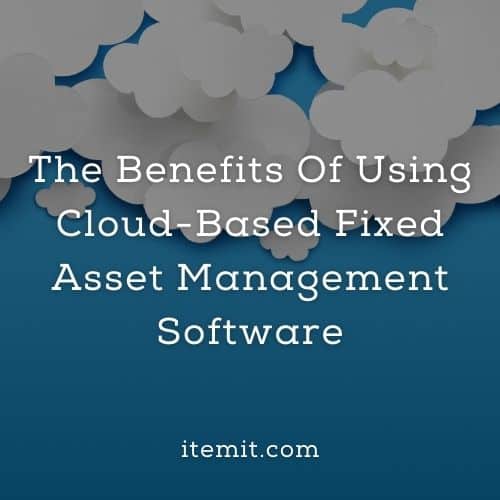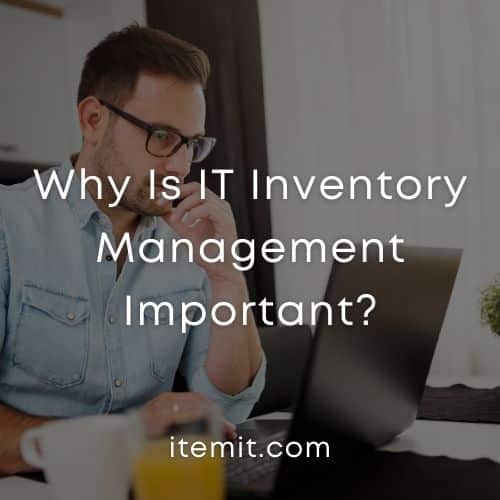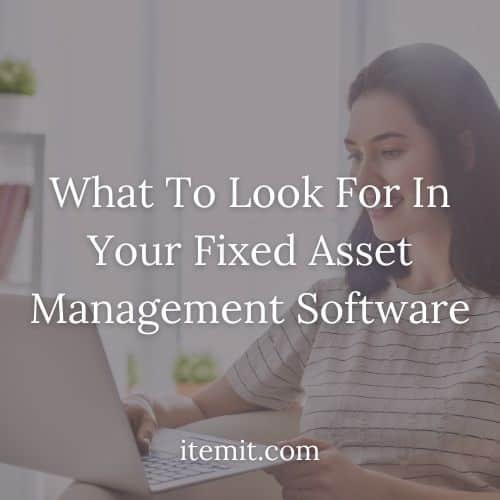The Benefits Of Using Cloud-Based Fixed Asset Management Software
Cloud-based fixed asset management software automates many of your existing operations, allowing you to have more time to concentrate on your business-critical work and procedures.
With cloud-based fixed asset management software, you’ll be able to:
- View a fixed asset register of what you own
- Maintain your fixed assets
- Monitor how your assets are being used and where they are
- Make better business-based decisions from your fixed asset data
So, while you save time with your fixed asset tracking, you also save money by reducing asset downtime and by speeding up your workflow.
What Is A Cloud-Based Fixed Asset Management Software?
Cloud-based fixed asset management software uses the benefits and the functionality of the cloud to allow edits to asset data to update for everyone across the board in real-time.
In other words, if one of your colleagues is running an asset audit, the updates to asset information they log will also update for you in a totally separate location.
Therefore, if your business has many sites, a cloud-based system saves you money as you don’t need to invest in travel costs. Colleagues onsite can update asset information while you view and export the data for another team, such as your accounting or insurance team.

How Does Fixed Asset Management Software Work?
Fixed asset management software works by letting you log individual asset profiles. These profiles are unique and mirror unique assets. Therefore, if you’re using a fixed asset management system for IT asset management, each laptop, phone, and PC will get its own profile.
Then, you’ll be able to tag your physical assets with asset tags. This way you’ll be able to speed up edits to asset data and maintain your fixed asset register in a better, more transparent way.
Every time you scan an asset’s tag, the last seen location will update as well as the user who scanned the tag, and the asset’s profile will open, ready for editing.
This operation is highly scalable to any asset. So, you’ll be able to track construction equipment while you’re also tracking your IT assets, high-value collections, and more!
The Benefits Of A Cloud-Based Fixed Asset Management Software
Overall, you get clear benefits from the speed and control you gain over your fixed asset register. As edits are quick and largely automated, it’s a much simpler process to audit or update asset information.
Therefore, if you’re logging an issue with an asset, your maintenance team can discover where the asset is, what the issue is, and which asset has an issue moments after you report the fault. This example reduces asset downtime.
As you’re interacting with physical assets when you’re updating your fixed asset register, your information will be more accurate, too. This is superior to using a spreadsheet, as spreadsheets can become unwieldy and out of date incredibly quickly.
To find out more about the benefits of itemit’s cloud-based fixed asset management software, you’ll be able to book a demo using the button below.
You can also contact the team at team@itemit.com or fill in the form below to start your 14-day free trial of the software.
Why not check out these blogs:
How Using A Computer Asset Management System Saves You Money
Why Is IT Inventory Management Important?
Start Using Our Cloud-Based Fixed Asset Management Software
Start your free 14-day trial now
Instant access. No credit card details required.





